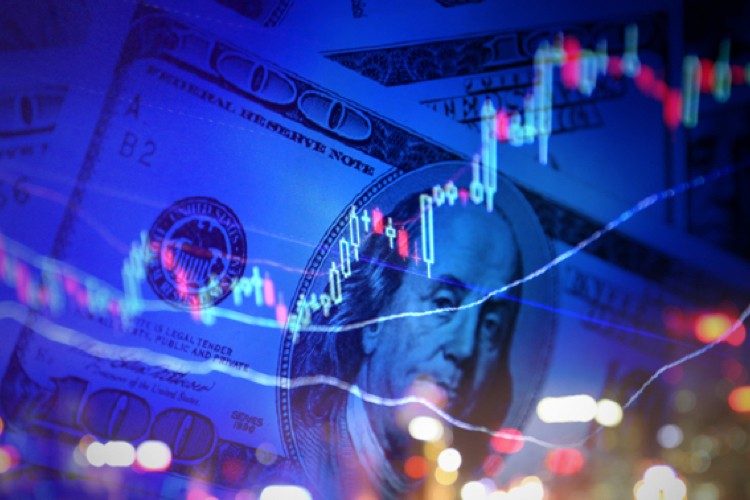
When President Trump learned that Wall Street set another record on Monday, he tweeted: “Stock market getting very close to 30,000 on new vaccine news. 95% effective!”
More effective is the signal that benchmark is giving to skeptical investors who are currently holding nearly five trillion dollars in money-market funds. The 30,000 level for the Dow Jones Industrial Average is psychological, giving an “all-clear” signal for them to take positions in equities that are reflecting the remarkable rebound from the COVID shutdowns.
And that rebound has been record-shattering. The Dow has risen more than 10 percent since the start of the month, but it is actually a laggard compared to its rivals, the S&P 500 Index (SPX) and the NASDAQ. It took the Dow 193 trading days since its market low in March to set a new high. It took the SPX 126 trading days to accomplish that, while it took the NASDAQ just 76 trading days to recover all of its COVID losses.
Since the March lows, the Dow has climbed 60 percent, the SPX is up 62 percent, and the NASDAQ has soared by more than 73 percent.
The trifecta of records reflects the “Goldilocks” economy, which continues to show declining jobless claims and rising employment in both the service and manufacturing sectors.
It’s being helped by improved consumer and business-owner sentiment, and some verbal help from the Federal Reserve. Said Fed Vice Chairman Richard Clarida on Monday: “The economy entered the fourth quarter with good momentum … both in the labor market and in the GDP [gross domestic product] data. We also got some very encouraging news on the vaccine.”
Retailers are pushing early Black Friday deals with heavy promotions, especially online, which are being reflected in growing retail sales numbers. It’s also being reflected in earnings, with companies reporting results nearly 20 percent ahead of estimates.
All of this is forcing big banks such as Goldman Sachs and JPMorgan to revise upward their outlooks into the near year. Goldman has predicted that Wall Street could jump another 20 percent by next Christmas, while JPMorgan is even more optimistic, suggesting that investors could see their accounts grow by closer to 25 percent.
The extraordinary and record-setting rebound is also forcing forecasters to revise upward their estimates for the U.S. economy as a whole for the full year. Initially they thought the economy would shrink by nearly seven percent. Then they revised their numbers down to a third of that, to a negative 2.7 percent. But the recent surge in economic activity fueled by increasingly confident consumers and business owners could set another record: the economy recovering all of its losses — nearly 35 percent — by the end of the year.
With five trillion dollars waiting for the all-clear signal — the Dow touching and then closing above 30,000 — Wall Street is likely to continue to set records as investors put those idle funds to work.
Related articles:
Two Big Banks Predict Big Gains in Stocks Into New Year
Labor Department: October Job Gains Exceed Expectations Once Again




